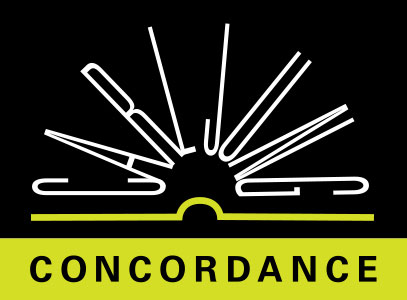The theology of kingship best known to us, and probably the most richly developed, is that of ancient Egypt, and it is these conceptions which, handed down by the Greeks, have permeated the spiritual history of the West:
PHARAOH AS AN
INCARNATION OF GOD
Pharaoh was an incarnation of God and a son of God. In him dwelt the divine life-force and procreative power, the ka: God reproduced himself in a human mother of God and was born from her as a God-man. As such he guaranteed the growth and prosperity of the land and the people, also taking it upon himself to be killed when his time was fulfilled, that is to say when his procreative power was exhausted
CW14 ¶ 350FATHER AND SON AS
CONSUBSTANTIAL
Father and son were consubstantial, and after his death Pharaoh became the father-god again, because his ka was consubstantial with the father. The ka consisted, as it were, of Pharaoh's ancestral souls, fourteen of which were regularly worshipped by him, corresponding to the fourteen kas of the creator-god. Just as Pharaoh corresponded on the human plane to the divine son, so his ka corresponded to the divine Procreator, the ka-mutef, the “bull of his mother,” and his mother corresponded to the mother of the gods (e.g., Isis)
CW14 ¶ 351The god, the king, and his ka form, as it were, a trinity composed of father, son, and procreative force
CW14 ¶ 351HEROIC ANCESTORS ALIVE
IN PERSON OF KING
To correspond with the 14 kas of Ra, statues of 14 of the king's ancestors were carried at the processions. They were the previous royal incarnations of the father-god, who reproduced himself once more in the king.Baynes says in this connection: “The safeguarding power of the continuity of tribal authority and tradition from earliest times is concentrated by means of mass-projection upon the person of the king. The distant heroic ancestors, the mighty figures of the mythic past are alive and present in the person of the king. He is the master symbol just because he is living history.” ( “On the Psychological Origins of Divine Kingship,” p. 91 )
CW14 ¶ 351THE NUMBER FOURTEEN
It should be noted that Typhon [Set] tore the slain Osiris into 14 parts. Plutarch says: “The dismemberment of Osiris into 14 parts refers allegorically to the days of the waning of that satellite from the time of the full moon to the new moon.”Jacobsohn calls attention to the genealogical table of Jesus in Matthew 1 : 1ff . Verse 17 runs: “So all the generations from Abraham to David are fourteen generations; and from the carrying away into Babylon unto Christ are fourteen generations.” This construction is somewhat arbitrary out of consideration for the number 14. Of the 14 ancestors of Pharaoh, Jacobsohn says“The conscious intention to bring out the number 14 is clearly discernible each time”
CW14 ¶ 351